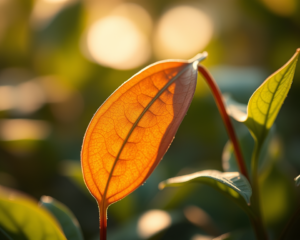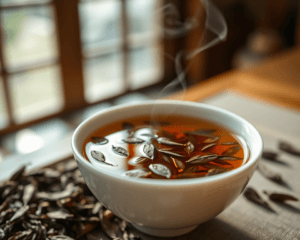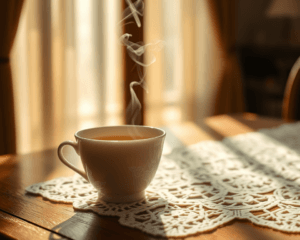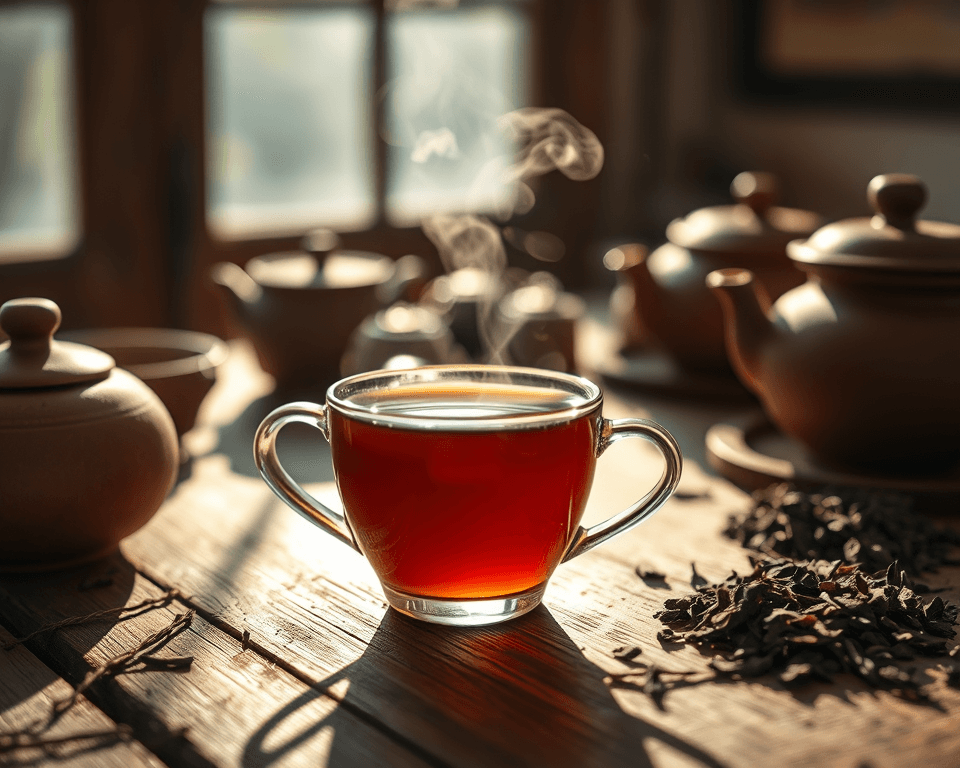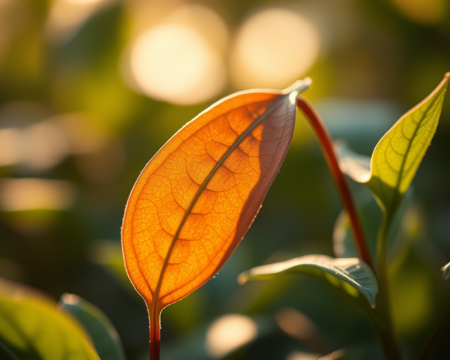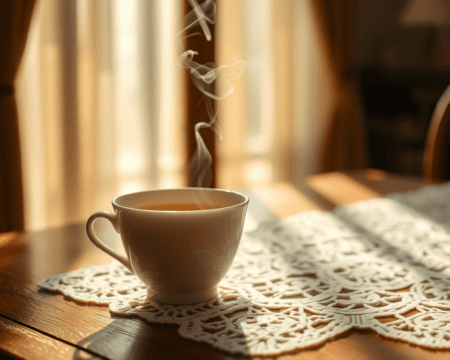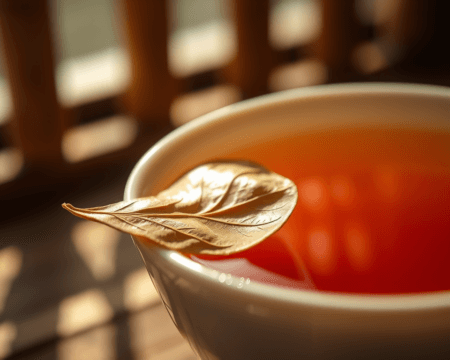So you wanna unlock the world of puer tea? You’re in for a treat! Puer tea, a unique type of fermented tea from China, packs a punch in both flavor and wellness benefits. I’m here to give you the lowdown on how to brew this ancient elixir for that perfect cup.
Key Takeaways:
– Understand the difference between raw and cooked puer to select the right kind.
– Master both Western and Gongfu brewing techniques for maximized flavor.
– Know the ideal water temperature and steeping times tailored to each puer variety.
– Troubleshoot common brewing errors to ensure every sip is delightful.
– Explore flavor variations based on brewing styles and sourcing tips for high-quality puer.
Understanding Puer Tea
What Is Puer Tea?
Let’s get straight to it—puer tea is basically tea that’s been fermented and aged. It comes in two primary forms: raw puer (Sheng) and cooked puer (Shou), each delivering its own flavor profile. Raw puer is the original form, retaining a fresh, slightly bitter flavor that mellows over time, taking on earthy and complex notes as it ages. On the flip side, cooked puer is processed to accelerate fermentation (think of it as the cheat code to flavor richness), resulting in a smooth, rich cup right from the get-go.
These teas hail primarily from the Yunnan province of China, with a history steeped in culture and tradition. The historical significance of puer tea is woven into Chinese tea culture, marking rituals and social gatherings. From the ancient times of tea trading to today’s connoisseur culture, puer tea continues to thrive, celebrated for its unique character and potential health benefits.
The Cultural Significance of Puer Tea
Puer tea isn’t just a drink; it’s a lifestyle. In China, this tea is not only consumed, but also savored through traditional tea ceremonies that highlight its rich history. When you sip on puer, you’re engaging with customs passed down through generations. Imagine this: friends gathering around, sharing stories, and appreciating the deep flavors of their puer tea.
Regional variations contribute to the tea’s character. For instance, puer from different areas can vary, with nuances influenced by soil, climate, and even the craftsmanship involved. Understanding this gives you an appreciation for what’s in your cup. It’s a celebration of culture that goes way beyond the brewing process.
Brewing Techniques for Optimal Flavor
Western Style Brewing Method
Now let’s get to brewing! First up, the Western Style. This method is all about simplicity and effectiveness. You’ll need a teapot, a good quality puer tea, and some hot water.
Start by warming your teapot; swirl a bit of hot water inside and toss it out. Now, here’s the kicker: Water temperature is crucial. Aim for about 200°F (93°C) for raw puer and a bit lower, around 190°F (88°C), for cooked puer. Toss in about 1-2 teaspoons of loose-leaf puer per cup.
Let it steep:
– Raw puer: 2-3 minutes for the first brew.
– Cooked puer: 3-4 minutes to get that creamy flavor.
After steeping, pour and enjoy. If it’s not quite right, adjust the steeping time next time! You’ll find that flavor balancing is key in the Western method, letting you extract rich flavors while keeping it smooth.
Gongfu Style Brewing Method
For those ready to elevate their puer tea experience, the Gongfu Style is where it’s at! This traditional Chinese method allows for multiple infusions and a more immersive experience. You’ll need a gaiwan (a small, lidded bowl) or any small tea vessel.
Warm up your gaiwan before adding your puer. Use similar water temperatures as outlined for the Western style, but go heavier on the leaf—about 3-4 teaspoons. The fun part? You’ll get to experiment with steeping times. Start with 15-30 seconds for your first infusion. As you go, add 5-10 seconds on each following brew.
The beauty of Gongfu brewing is that it unveils layers of flavor. You can explore the tasting notes—earthy, floral, or even fruity—changing with each steep. It’s an adventure in flavors, and trust me, you won’t regret investing time in this method.
Perfecting Your Brew
Water Temperature and Quality
Never underestimate the power of water! You want clean, filtered water—skip the tap stuff if you can. Hard water can mess with the flavor, leaving your puer tasting flat. Aim for soft water, which helps in extracting more vibrant notes.
Ideal Temperature:
– Raw puer: 200°F (93°C)
– Cooked puer: 190°F (88°C)
Choose your water wisely, and you’ll see how it transforms your tea. It’s like the secret ingredient you never knew you needed.
Ideal Steeping Times for Different Puer Varieties
Alright, you’ve got your puer leaf, and you’re ready to steep. But how long? Here’s the quick and dirty:
– Raw Puer: 2-3 minutes for the first infusion, gradually increasing time with each subsequent infusion.
– Cooked Puer: 3-4 minutes for initial steeping.
Timing is everything here. Raw puer rewards patience with deepening complexity, while cooked puer shines best when not overdone. This being said, keep an eye on flavor; your taste buds are the best judge!
Troubleshooting Common Brewing Mistakes
Common Mistakes in Brewing Puer Tea
We’ve all been there—oversteeping the tea, using water that’s too hot, or thinking more leaves equals more flavor. Common mistakes can cost you that beautiful experience.
If your tea tastes bitter, you probably let it steep too long or used water that was too hot. On the flip side, if it’s watery, try increasing steep time or leaf amount. It’s all about trial and error, so don’t stress if the first few brews aren’t perfect!
Tips for Enhancing Flavor and Aroma
Want that wow factor? Try pairing your puer with complementary flavors. Sweet treats like dark chocolate or steamed buns elevate the tasting experience to a new level. Also, storage is key; keep your puer away from light, moisture, and strong smells to maintain that rich, enticing aroma.
Consider blending different varieties if you’re feeling adventurous. This can add a new layer to your tea-drinking ritual. Just remember to store your puer properly for peak freshness!
Exploring Flavor Variations and Quality
Flavor Profiles Based on Brewing Styles
Coming back to flavor, the brewing style dramatically changes how your puer comes across. In Western brewing, you’ll pull out straightforward tastes, but with Gongfu, you unlock layers that tell a story in each infusion.
For instance, you might notice that a lightly aged raw puer can be grassy and floral with Western brewing, but when you switch to Gongfu, you could discover deep, woody undertones. It’s a beautiful thing—explore these nuances, and you’ll find yourself going back for more!
Tips for Sourcing High-Quality Puer Tea
Finally, let’s chat about sourcing. Not all puer tea is created equal. Look for reputable vendors who specialize in traditional tea, like Yunnan Sourcing or Teavivre, and check if they offer certified products, ensuring authenticity.
When inspecting puer, aim for loose leaves that look vibrant and fresh. Avoid those dusty, broken leaves; they’re often a sign of lower quality. Prices will vary, with decent cakes ranging from $20 to $60, while prized aged varieties can soar to over $200. It’s an investment, but the flavor payoff is worth every penny!
Ready to brew your first cup of puer? Equip yourself with these insights, and you’ll be well on your way to becoming a puer aficionado. Cheers to exploring the dynamic flavors and extraordinary health benefits of this remarkable tea!
Frequently Asked Questions
What are the health benefits of drinking puer tea?
Puer tea is known for its potential health benefits, including aiding digestion, promoting weight loss, and improving cholesterol levels. It is also rich in antioxidants, which may help reduce inflammation and support overall wellness. Regular consumption can contribute to a balanced diet.
How should I store puer tea to maintain its quality?
To keep puer tea fresh, store it in a cool, dark place, away from moisture, heat, and strong odors. Ideal storage options include an airtight container or a dedicated tea caddy. Avoid direct sunlight and frequent opening of the container to ensure optimal flavor preservation.
Can I brew puer tea multiple times?
Yes, puer tea can be re-steeped multiple times, especially when using the Gongfu brewing method. Each infusion will reveal different flavor notes, allowing you to explore the complexity of the tea. Adjust your steeping time with each infusion for the best results.
Is there a specific time of day that is best for drinking puer tea?
While puer tea can be enjoyed any time of day, drinking it in the morning or early afternoon may be ideal due to its caffeine content. If you are sensitive to caffeine, consider consuming it earlier in the day to avoid interference with sleep.
How much puer tea should I use for brewing?
The recommended amount is about 1-2 teaspoons per cup for Western brewing and 3-4 teaspoons for the Gongfu method. Adjust according to personal taste preferences, but be cautious not to overload your brew, as this can lead to bitterness.
Can anyone drink puer tea, or are there any restrictions?
Generally, puer tea is safe for most people. However, individuals who are pregnant, nursing, or have certain medical conditions, such as caffeine sensitivity, should consult a healthcare professional before incorporating puer tea into their diet.
How long does puer tea last, and how can I tell if it’s gone bad?
Puer tea can last for many years if stored properly. Look for signs such as mold, a strange odor, or an unusual taste, which indicate spoilage. Properly aged tea will have a smooth flavor, while compromised tea may taste off or even rancid.
Can I mix different types of puer tea while brewing?
Yes, blending different puer teas can create exciting flavor profiles and enhance the tasting experience. However, start with small quantities to find the right balance, and be mindful of the aging and processing differences between the varieties.
What tools do I need for brewing puer tea?
Basic tools include a teapot or gaiwan, a kettle for boiling water, and a tea scale or measuring spoon for accurate leaf measurements. Optional tools may include a tea strainer and a kettle with precise temperature control for best results.
